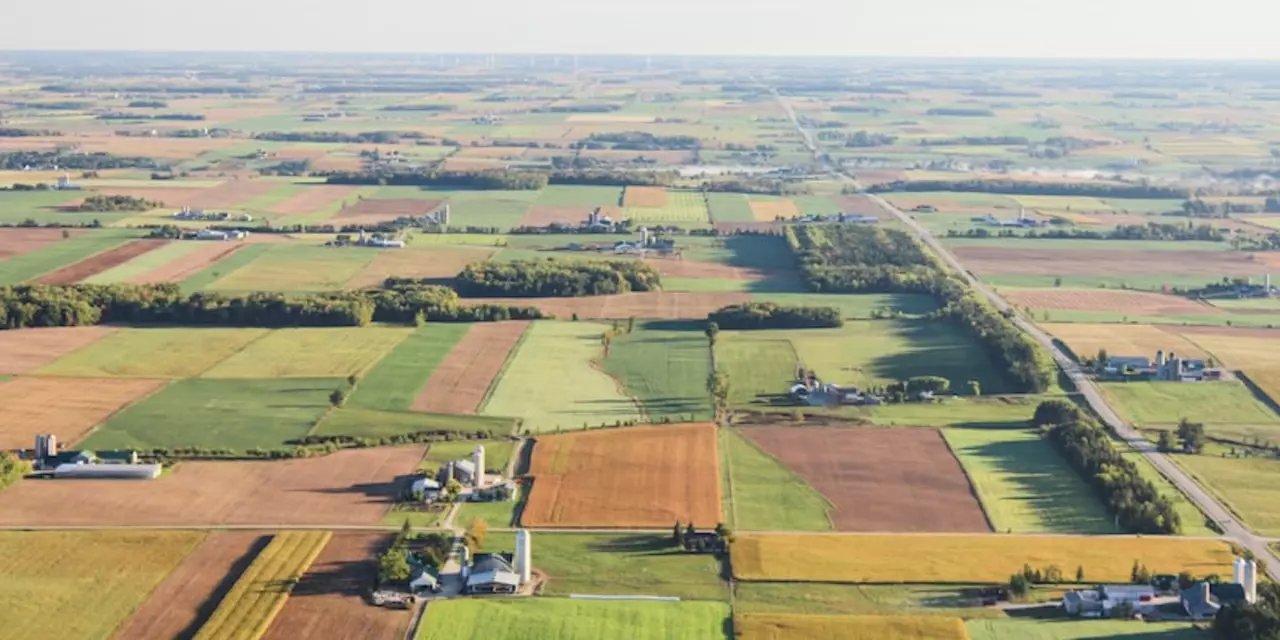Cultural Heritage: What It Is and Why It Counts
When you think about cultural heritage, picture the foods you love, the festivals you celebrate, the old buildings you walk past, and the stories your grandparents tell. It’s the collection of everything that makes a community unique – language, art, music, crafts, rituals, and even the way people greet each other. In short, cultural heritage is the soul of a place, passed down from one generation to the next.
Why should you care? Because losing any piece of that heritage means losing a part of who we are. It erodes identity, weakens community bonds, and wipes out lessons that can guide the future. Preserving heritage isn’t just for museums or scholars; it’s a daily act that each of us can join.
Everyday Ways to Keep Traditions Alive
Start small. Cook a family recipe and share it with friends. Teach a child a folk song or a dance step you learned as a kid. These actions keep the living side of heritage vibrant. If you notice a historic building near you falling into disrepair, call the local council or join a neighborhood clean‑up. Simple volunteer work can stop decay before it becomes permanent.
Document the details. Snap photos of local festivals, record short videos of elders talking about past events, and write down what you learn. Store these files on a cloud drive or an external hard‑drive so they don’t get lost. When you share these memories on social media, you invite others to appreciate and protect them.
Support local artisans. Buying a hand‑woven rug or a pottery piece not only adds beauty to your home but also puts money directly into the hands of people who keep traditional skills alive. If you’re able, attend workshops that teach those crafts – you’ll walk away with a new skill and a deeper respect for the work.
Tech and Community in Safeguarding Heritage
Technology can be a huge ally. Digital archives let museums store fragile documents online, making them accessible worldwide without risking damage. Apps that map heritage sites help tourists and locals discover hidden gems without needing a guidebook. Some cities use 3D scanning to create virtual tours of ancient temples, so even if the physical structure suffers, a digital copy remains.
Community groups are the backbone of preservation. Join a local history club, a cultural association, or a neighborhood watch focused on heritage sites. These groups often organize clean‑ups, fund‑raising events, and awareness campaigns. When many hands work together, the impact multiplies.
Remember, protecting cultural heritage isn’t a one‑time project. It’s about weaving respect for the past into today’s routine. Keep asking yourself: What story does this place tell? How can I add to that story in a positive way? By staying curious and taking action, you become part of the living archive that future generations will thank you for.
How is it like to live in an Indian rural village?
Living in an Indian rural village is an experience that is a mix of rich culture and tradition, but also one of poverty and struggle. In rural India, life is still based on the traditional caste system and is largely agricultural, as most inhabitants are farmers. Despite the lack of material goods, the villagers often experience strong community ties, with people helping each other in times of need. They are also deeply connected to their cultural heritage, which is observed in daily practices, religious ceremonies and festivals.
